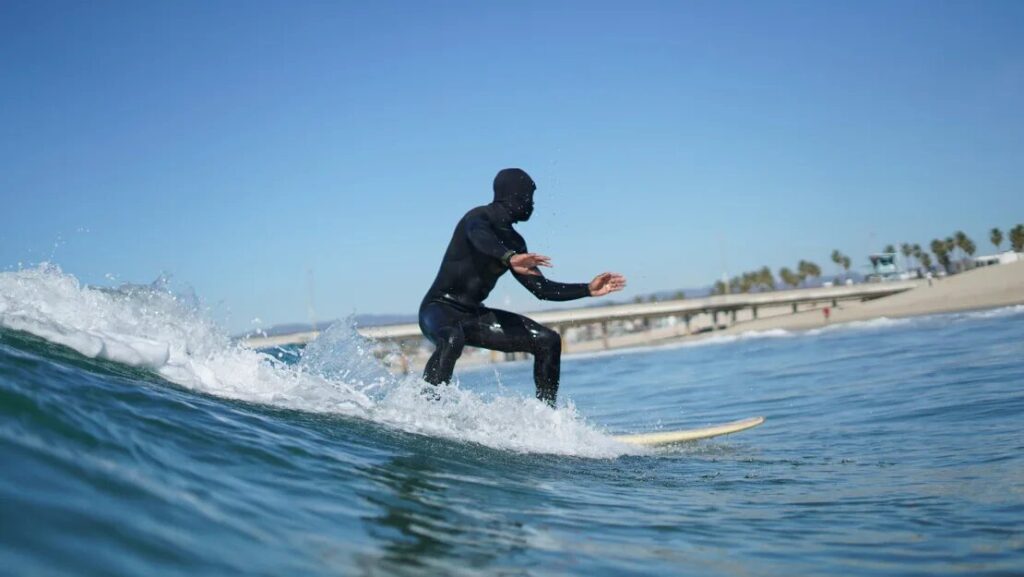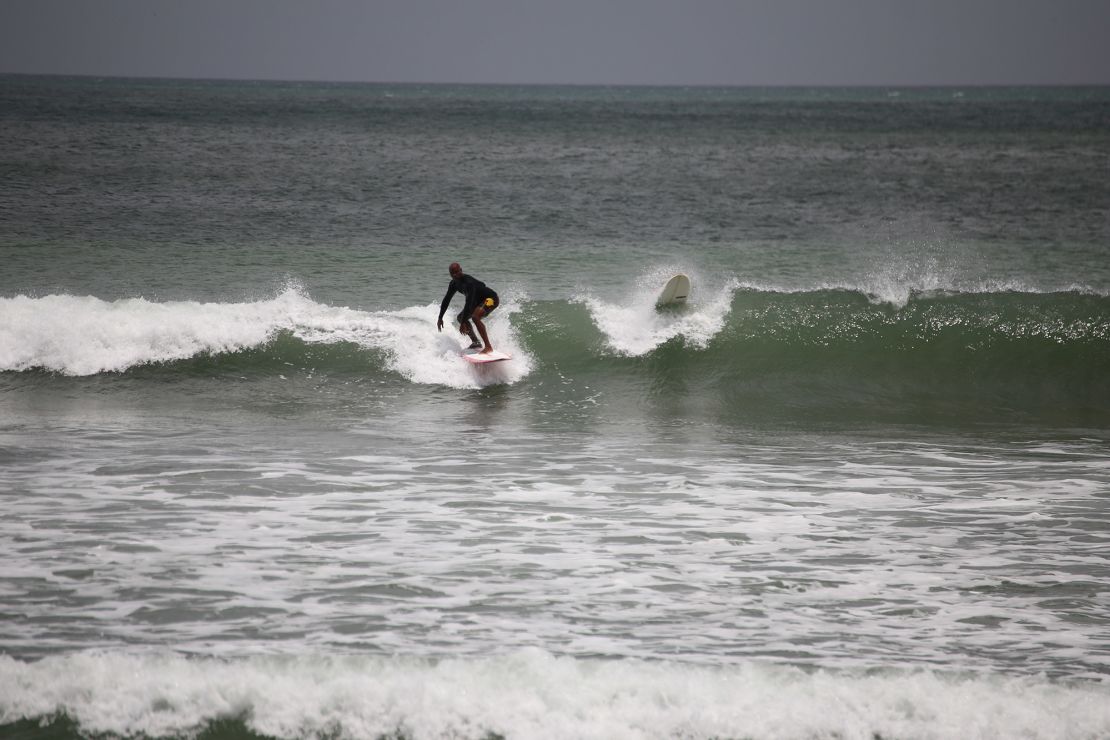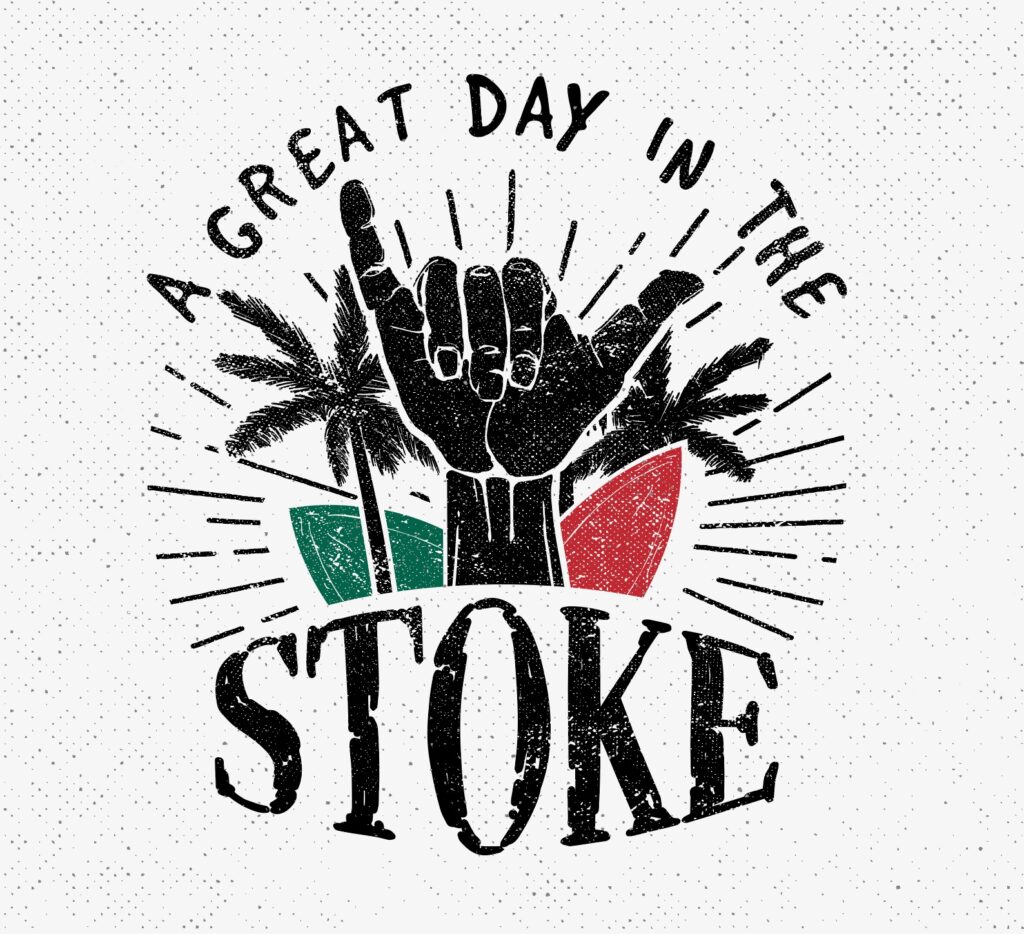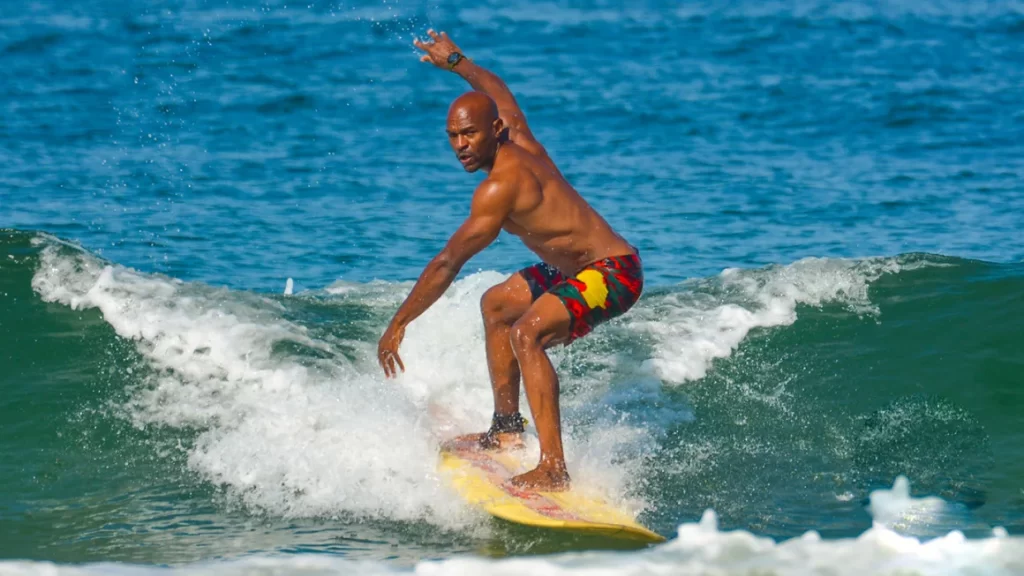Nathan Fluellen has founded the event “A Great Day in the Stoke,” in an effort to highlight Black surfers and Black surfing history.
Courtesy Nathan Fluellen
CNN — The stereotype that Black people don’t swim is one oft repeated, but for Nathan Fluellen, it wasn’t one that was true.
Fluellen grew up in a Black middle class neighborhood in Chicago, where everyone knew how to swim, he told CNN. What he never saw, though, was Black people surfing.
“I was like, ‘Oh, that’s just something White people do,’ because I didn’t see any Black people surfing,” he said.
Now, Fluellen has been a regular surfer for about five years and is the founder behind “A Great Day in the Stoke,” an event taking place Saturday in Huntington Beach, California – billed as one of the largest gatherings of Black surfers.
The day will pay homage to moments like “A Great Day in Harlem,” a photograph of 57 jazz musicians in Harlem, New York, taken in 1958 by Art Kane, and “A Great Day in Hip-Hop,” a photograph of 177 hip-hop artists and producers taken by Gordon Parks in 1998. Both photographs have become iconic for capturing so many Black artists and legends at once.
“A Great Day in the Stoke” – which will feature a surfing competition, yoga, wetsuit repair and free surf lessons – aims to similarly bring Black surfers together, to challenge perceptions of surfing in the US and show that Black people surf, too.

Courtesy Nathan Fluellen
Black people surfing isn’t new, Fluellen said. Black people have been a part of surfing culture in the US for decades, even in the face of racist bigotry. Nicolás Rolando Gabaldón, largely credited as the first documented African American surfer, learned to surf on a segregated beach in Santa Monica, California in the 1940s. Three decades later, Tony Corley created the Black Surfing Association to bring Black surfers together – and received racist hate mail after writing a letter about his effort to SURFER Magazine.
Still, Black people have taken to the waves. Sharon Schaffer became the first Black woman surfer to go pro, and others like Mary Mills and Rick Blocker paved a way for Black people in surfing.
But disparities still exist. Though the stereotype that many Black people can’t swim is largely dismissed as a racist trope, Black children between 5 and 9 are 2.6 times more likely to die by drowning than White children, according to the US Centers for Disease Control and Prevention. Those ages 10 to 14 are 3.6 times more likely to drown. Fluellen wants his event to help reduce those drowning deaths.
There are also larger notions of who can and can’t access the beach. Fluellen recalled a friend who was from Los Angeles and lived just 5 miles from the coast. Despite his proximity, he never actually thought he could just go to the beach and surf.
It’s a common thought. For decades, many public beaches were segregated, both formally and informally, denying many Black Americans access to the coast. For many, those perceptions can still exist.

“There was this narrative or image that prevented him from just going 5 miles to the beach, because he felt he didn’t have access to it; he didn’t have permission to go,” Fluellen said of his friend’s experience.
That narrative is part of what “A Great Day in the Stoke” attempts to combat.
In addition to working to reduce drowning deaths in Black children, the day also aims to demystify Black people surfing – showing that Black surfers exist, have existed and deserve to be welcomed in surfing spaces.
Because the ocean, Fluellen said, is for everybody.

